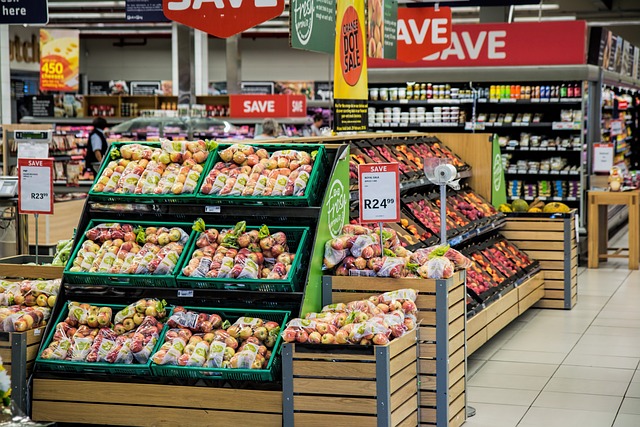A recent Forbes.com article laid out the case for how the grocery sector continues to outperform as one of retail’s most resilient and dynamic categories. While overall spend remains strong, shoppers are becoming more intentional – trading brand loyalty for better value and efficiency.
Today’s consumers are no longer sticking to a single store. Instead, they’re visiting multiple grocers to compare prices, embracing private-label products, and gravitating toward discount and specialty retailers. Foot traffic is rising, vacancy rates at grocery-anchored centers are near historic lows, and investor confidence in the sector remains high.
Smarter Shoppers, Not Smaller Baskets
The grocery landscape isn’t shrinking—it’s shifting. While U.S. consumers spent $21 billion more at restaurants than on groceries in 2024 (a gap that has widened six-fold since 2022), grocery store visits reached 17.2 billion last year, which is a 10.9% increase from 2019. Shoppers are making faster trips, visiting multiple retailers, and focusing on value—factors fueling growth for discounters and specialty players alike.
Chains like Aldi and Grocery Outlet are leading the charge. Aldi opened 105 new locations in 2024, adding over 2.3 million square feet, while Grocery Outlet’s foot traffic surged nearly 49% since 2019. Regional favorites such as Publix and H-E-B are also scaling up across the South, capitalizing on demand for affordability, quality, and convenience.
A Tight Market for Space
With demand for grocery-anchored retail on the rise, expansion is facing a new challenge: limited available space. Vacancy rates have dropped to 3.5%, while rents have climbed 3.1% year-over-year—the steepest growth among all retail subtypes. As new construction stalls, grocers are competing fiercely for prime locations.
To adapt, many are turning to smaller-format stores, acquiring existing spaces, or expanding through mergers and acquisitions. Grocery-anchored real estate investment hit $7 billion in 2024, outpacing the prior year and drawing strong interest from both private investors and REITs. Landlords benefit from long-term leases and dependable tenants, but grocers themselves are increasingly stepping in as owners—securing control over their footprint amid a tightening retail landscape.
Digital Grows, But Stores Still Lead
Online grocery sales topped $200 billion in 2024, yet in-store shopping remains dominant. Shoppers are blending digital and physical experiences—researching online, then heading in-store to compare prices, select fresh items, and snag deals. The expansion of SNAP eligibility for delivery—now available to more than 41.7 million Americans—is also driving online growth. At the same time, grocers are leveraging retail media networks and targeted digital advertising to engage shoppers across channels.
The Way Forward: Adaptability Defines Market Leaders
The grocery industry is at an inflection point. With discounters, national chains, and specialty retailers all vying for the same consumer dollar, success will favor those who prioritize agility, balance physical and digital investments, and deliver meaningful value.
For landlords, investors, and retailers alike, grocery remains a cornerstone of retail real estate and consumer commerce. The sector’s evolution is far from over—and those who move fastest will help define its future.

